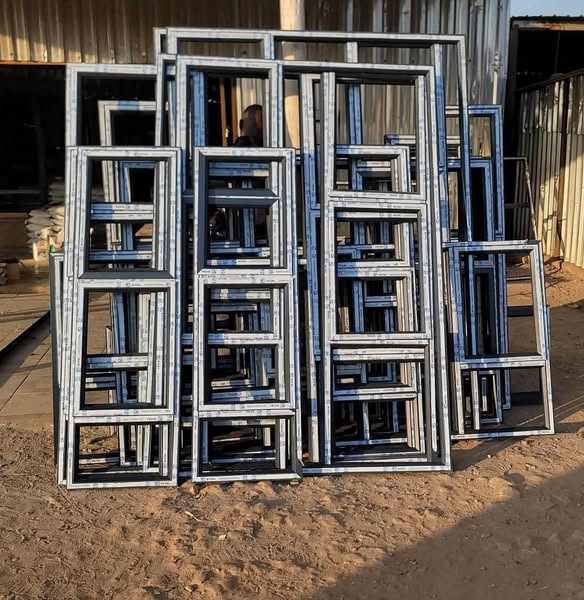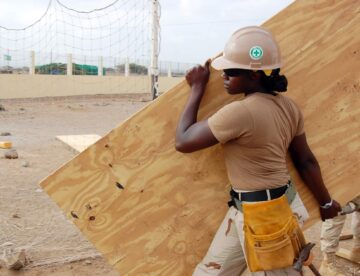(A practical resource for homeowners, developers and facility managers, powered by UnlimitedTech Projects4Less)
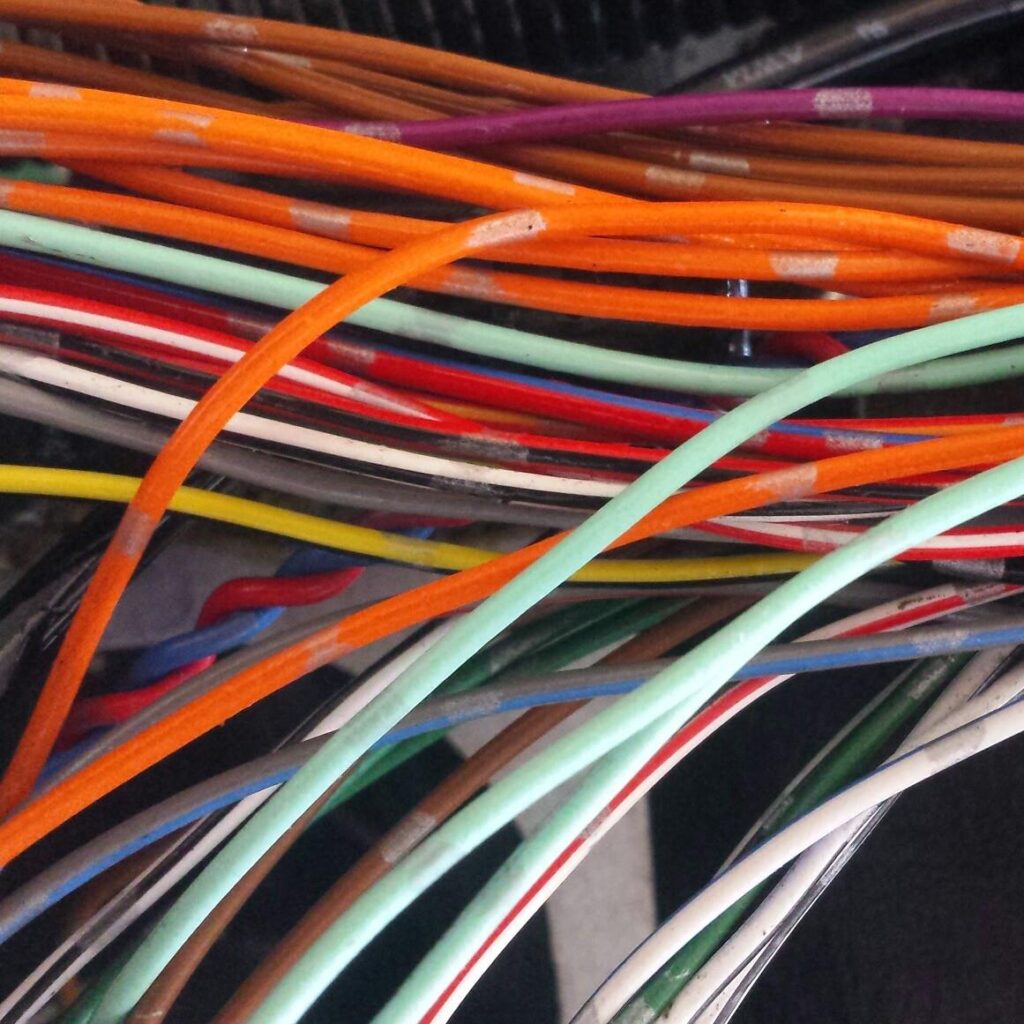
Introduction – Why This Guide Matters
Cameroon’s construction boom is impossible to miss. From Douala’s waterfront high‑rises to Yaoundé’s fast‑growing suburbs and Buea’s hillside villas, property owners are investing heavily in modern finishes, better energy efficiency and stronger storm resilience. Yet three trades remain chronically underestimated: architectural glass work, safe electrical wiring and weather‑smart roofing.
Neglect any one of them and you invite leaky interiors, power‑surge fires or catastrophic roof failure during the long rainy seasons that deliver over 3 600 mm of precipitation a year in Douala climatestotravel.com and a world‑record 10 000 mm in Debundscha at the foot of Mount Cameroon en.wikipedia.org. Add frequent voltage fluctuations and you understand why insurers, lenders and savvy buyers now demand documented compliance.
This 2 000‑word post unpacks:
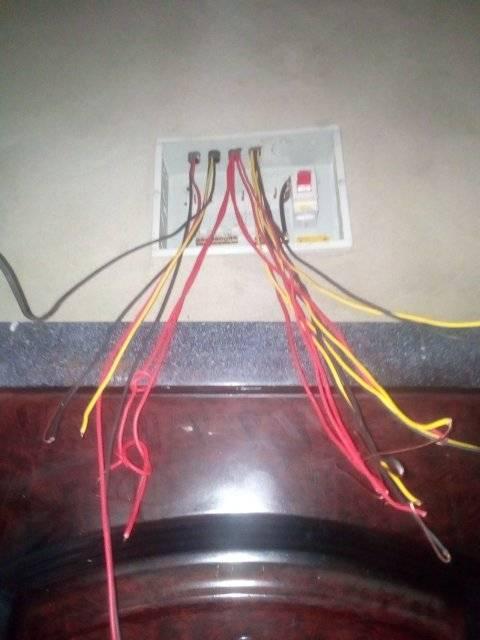
- Glass Work – styles, safety codes and climate‑friendly options.
- Electrical Works & Complete House Wiring – legal obligations, modern load planning and future‑proof extras.
- Roofing – materials that outlast torrential rain, high humidity and harsh UV.
- How UnlimitedTech Projects4Less connects you to vetted specialists anywhere from Limbe to Garoua, for just a 10 % brokerage fee.
1. Glass Work in Cameroon – Form, Function & the Tropical Climate
1.1. Market Snapshot
Demand for tempered, laminated and insulated glass is rising fast as architects chase daylighting credits under emerging green‑building programmes 6wresearch.com. Office towers in Bonapriso and luxury apartments in Bastos now specify low‑emissivity (Low‑E) panes to cut HVAC bills, while retailers embrace expansive shopfronts that showcase merchandise and uplift street appeal.
1.2. Key Types & When to Use Them
| Glass Type | Core Benefits | Best Cameroon Use Cases |
|---|---|---|
| Tempered | 4‑5× stronger than float glass; shatters into small, blunt cubes | Balcony balustrades in seaside Kribi hotels; frameless doors in high‑traffic malls |
| Laminated | Two panes + PVB interlayer; stays intact when broken | Ground‑floor storefronts, banks and schools where security is critical |
| Insulated (IGU) | Two or three panes separated by argon‑filled spacer | Climate‑controlled hospitals, data centres and upscale residences in cities with high AC use |
| Tinted / Reflective | Reduces glare and solar heat gain | West‑facing façades in Douala and Yaoundé |
Tip: Always ask your installer for a certificate of conformance stating glass thickness, tempering temperature and, for laminated units, interlayer type.
1.3. Climate & Maintenance Considerations
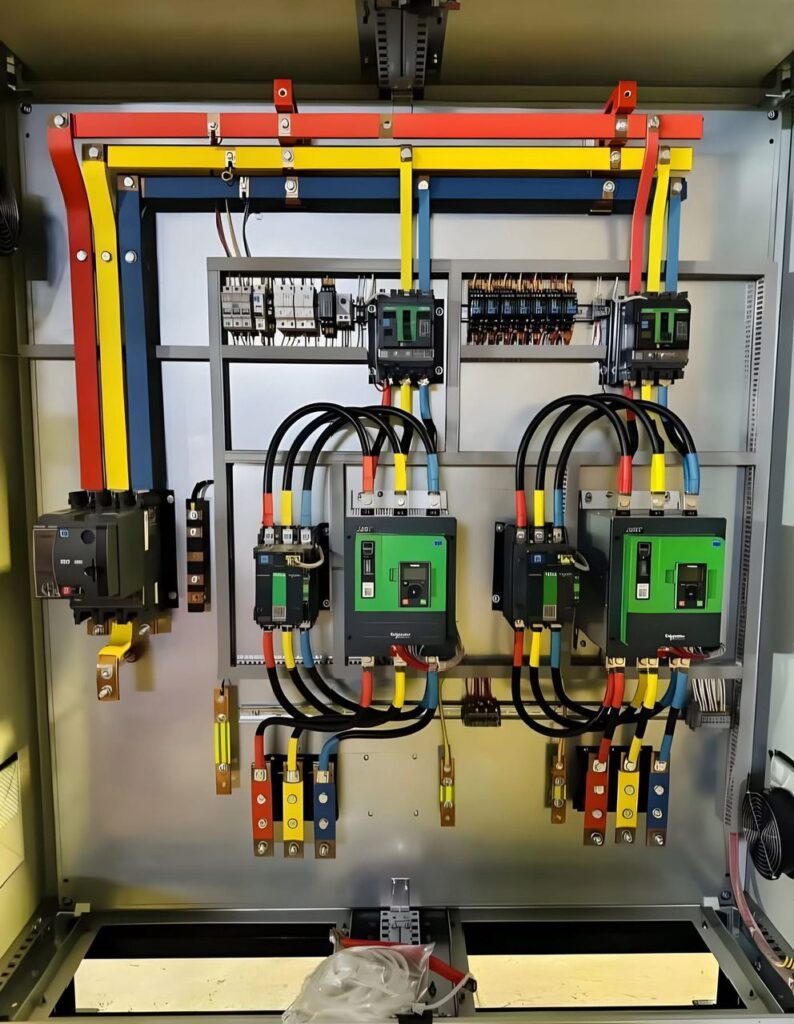
Cameroon’s coastal belt endures extreme humidity. Condensation trapped in poorly sealed IGUs leads to fogging. Specify marine‑grade silicone and perimeter weep holes to drain moisture. Inland, dust storms ride the harmattan; insist on silicone‑gasketed rather than putty‑glazed panes to resist cracking during temperature swings.
1.4. Installation Red Flags
- Misaligned rollers on sliding doors (causes binding).
- Unsupported spans beyond the glass manufacturer’s maximum width.
- Raw cut‑edges left exposed – a fast track to spontaneous breakage.
UnlimitedTech’s approved glaziers issue two‑year workmanship warranties and schedule an annual inspection before the next long rainy season.
2. Electrical Works & Wiring – Safety, Reliability and Future‑Proofing
2.1. The Legal Landscape
Cameroon’s Law N° 2011/022 (14 Dec 2011) compels interior electrical installations to be inspected for compliance with approved safety standards, though full enforcement is still rolling out scribd.com. The draft regulatory texts lean heavily on IEC 60364, the global benchmark for low‑voltage systems en.wikipedia.org.
Why it matters: a Ministry of Water & Energy brief notes that 86 % of reported building fires originate from faulty wiring scribd.com. Home insurance claims are frequently denied when circuits lack verifiable load calculations or proper earthing.
2.2. Designing a Compliant, Resilient System
- Load Assessment – List every appliance, then add 25 % head‑room for future expansion.
- Distribution Board Layout – Use RCBOs (combo earth‑leakage + over‑current breakers) on wet‑area circuits. Label each breaker in English and French.
- Cable Sizing & Routing – Follow IEC 60364‑5‑52 tables; for a 32‑A cooker circuit on 230 V, 6 mm² copper in PVC conduit suffices at 30 °C ambient.
- Earthing – Target < 5 Ω at the earth rod. In high‑clay coastal soils, drive two rods 2–3 m apart and bond them.
- Surge Protection – Mandatory in lightning‑prone Southwest and Littoral regions; fit Type II SPD at the main DB.
- Verification – Record insulation‑resistance (IR) test ≥ 1 MΩ @ 500 V DC across conductors. Archive results for resale valuation.
2.3. Integrating Solar & Backup Power
With grid outages still common, new homes often combine grid, generator and solar PV. Under IEC 60364‑7‑712, PV circuits must have dedicated DC isolators and string fuses. UnlimitedTech electricians pre‑install AC change‑over panels so owners can add batteries later without rewiring.
2.4. Smart‑Home Ready
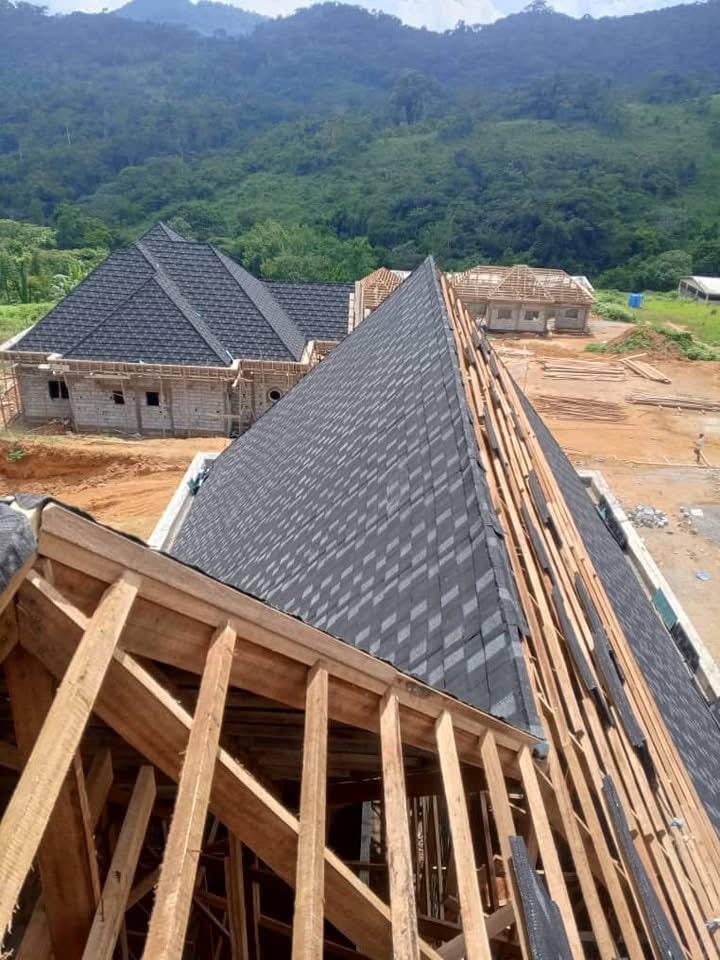
Cat‑6 data cabling alongside 2.5 mm² power conductors in shared trunking is a code violation; use separate conduits to prevent induced noise. Include 10 % spare draw‑cords for future IoT upgrades (smart thermostats, CCTV, occupancy sensors).
2.5. Reducing Operating Costs
Power factor (PF) correction often pays for itself within two years in commercial buildings. A 100 kVA hotel in Kribi improved PF from 0.75 to 0.95, shaving 15 % off demand charges after UnlimitedTech installed automatic capacitor banks.
3. Roofing – Beating the Rain & Sun
3.1. Understanding Cameroon’s Rain Risk
The Atlantic façade is one of the wettest on earth. Douala alone records 3 605 mm of rain annually climatestotravel.com; Debundscha’s 10 299 mm dwarfs even Indian monsoon towns en.wikipedia.org. Any roof must evacuate water quickly, resist corrosion and keep interiors cool.
3.2. Choosing the Right Material
| Material | Pros | Cons | Best Zones |
|---|---|---|---|
| Pre‑painted Zinc/Alu‑Zinc Sheets | Lightweight, corrosion‑resistant, low cost; wide colour palette alibaba.com | Noisy in heavy rain; prone to denting | Coastal & rainforest areas |
| Fibre‑Cement or Concrete Tiles | Excellent thermal mass; quiet | Heavier rafters required; moss growth in shade | Highlands (Bamenda, Dschang) |
| Stone‑Coated Steel Shingles | 50‑year lifespan; premium look | Higher upfront cost | High‑end residential & resorts |
| Clay Tiles | Heritage aesthetics; breathable | Fragile in transport; needs steeper pitch | Historical / cultural projects |
3.3. Pitch & Flashing Rules
Model building bylaws recommend a minimum 15° pitch for sheet roofing and 22–30° for tiles. Flashings at valleys and wall junctions must be 0.55 mm‑thick aluminum or 15 kg/m² lead with anti‑galvanic separation where dissimilar metals meet zezuru.digital.
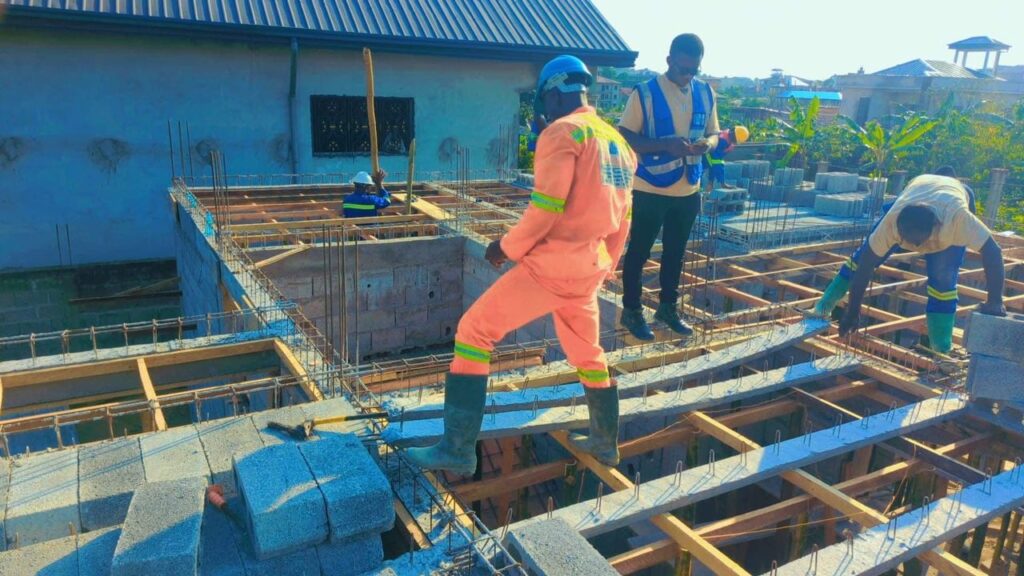
3.4. Ventilation & Heat‑Gain Control
Install ridge vents and 50 mm eaves soffit gaps. Adding a radiant barrier (aluminium foil on 25 mm polystyrene) beneath zinc sheets can drop attic temperatures by 6 °C at midday, reducing AC runtime by roughly 12 %.
3.5. Solar‑Ready Roof Design
Plan panel layout during roof framing:
- Align rafters to accept stainless‑steel solar hooks on 1 m centres.
- Route DC cables inside PVC conduit terminating at a waterproof junction box in the attic.
- Leave a 30 mm airflow gap below panels to avoid heat build‑up and preserve roofing paint.
3.6. Maintenance Checklist (Every April & October)
- Clear leaves from valleys and gutters.
- Inspect fasteners for rust; replace with hot‑dip‑galvanized screws where needed.
- Touch up scratched sheet paint to prevent corrosion creep.
- Re‑seal flashings with UV‑resistant polyurethane.
UnlimitedTech roofers supply a digital photo report after each service so owners can track degradation over time.
4. How UnlimitedTech Projects4Less Simplifies Your Build
- Nationwide Reach – A vetted pool of glass installers, licensed electricians and master roofers in all 10 regions, with concentrations in Douala, Yaoundé, Buea, Bamenda, Kribi and Garoua.
- Quality Assurance – Pros sign a performance charter, carry third‑party liability insurance and agree to milestone‑based payments held in escrow.
- Transparent Pricing – You review at least two competing quotes, then approve a final budget. UnlimitedTech earns a flat 10 % commission, always disclosed upfront.
- Project Oversight – Dedicated coordinators visit the site at kick‑off, mid‑point and hand‑over, issuing punch‑lists and ensuring warranty documents are stored in your secure client portal.
Case highlight: A 16‑unit apartment block in Bonamoussadi trimmed four weeks off schedule when UnlimitedTech synchronized its glaziers and electricians, allowing window‑sensor wiring to be concealed inside aluminum mullions before glass installation.
5. Action Plan – From Idea to Finished Project
- Define Scope: List rooms needing glass partitions, circuits and roof area (m²).
- Set Budget: Allocate ± 15 % contingency for unforeseen site conditions.
- Request Quote: Upload drawings via projects4less.cm or WhatsApp your videos to +237 650414995.
- Review Profiles: Select your preferred specialist, view past work photos and client ratings.
- Sign Digital Contract: Milestones, delivery times and penalty clauses locked in.
- Track Progress: Receive photo updates and inspection reports in your dashboard.
- Handover & Pay Balance: Only after snag list is cleared and compliance certificates delivered.
Conclusion
Cameroon’s climate, urban growth and tightening safety expectations leave no room for shortcuts in glass work, electrical wiring or roofing. Whether you’re building a seaside guest‑house in Limbé, retro‑fitting an office in Yaoundé or crafting a boutique eco‑lodge on the slopes of Mount Oku, the right expertise protects your investment and the lives inside.
UnlimitedTech Projects4Less stands ready to link you with certified professionals who deliver on time, on budget and to code—so you can build smarter and live safer.
